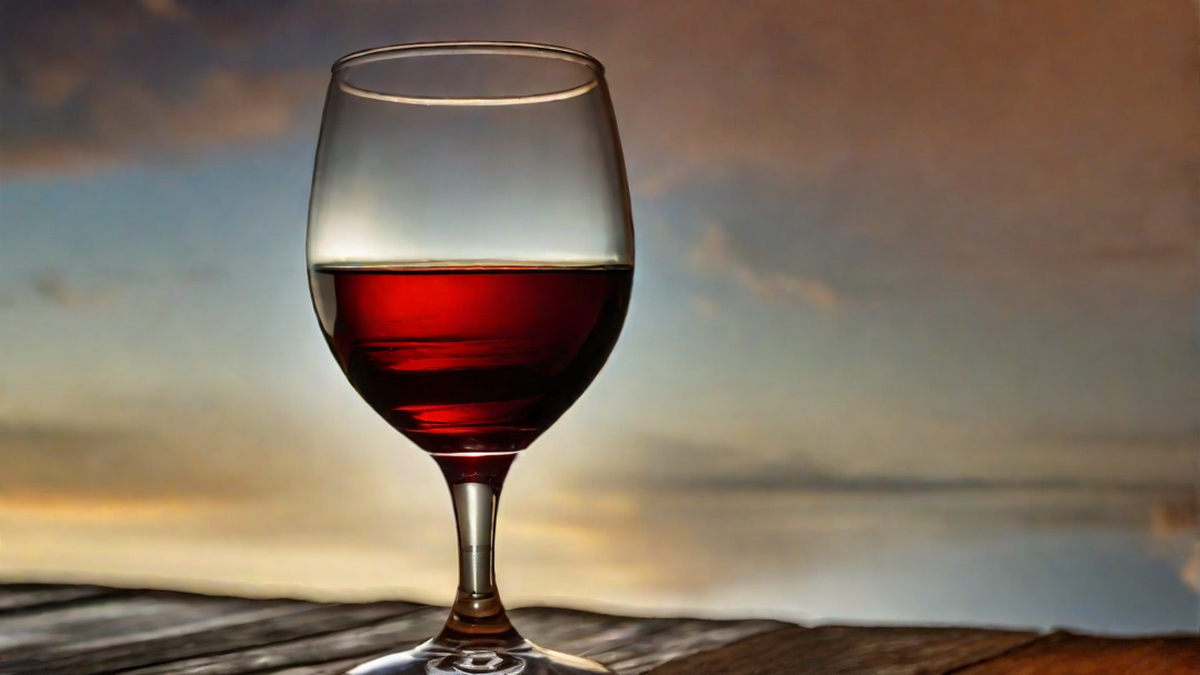As someone who appreciates wine, I recognize the significance of drinking wine in moderation and understanding the legal ramifications of drinking while driving. It’s essential to be aware of the limit to the number of wine glasses one can consume and remain fit to drive. The standards for responsible alcohol intake and driving differ based on various elements. We will delve into this subject thoroughly.
Legal Blood Alcohol Concentration (BAC) Limits
In most places, the legal blood alcohol concentration (BAC) limit for driving is 0.08%. This means that if your BAC level is at or above 0.08%, you are considered to be legally impaired, and it is illegal to operate a vehicle. However, it’s essential to remember that individual tolerance to alcohol can vary, and factors such as weight, metabolism, and food consumption can all play a role in how alcohol affects the body.
Standard Serving Size of Wine
A standard serving size of wine is typically considered to be 5 ounces. This is important to keep in mind when assessing how many glasses of wine you can consume before reaching the legal limit for driving. The alcohol content of the wine also plays a significant role, as some wines have a higher alcohol by volume (ABV) percentage than others.
Personal Considerations
Personally, I always make sure to pace myself and accompany each glass of wine with food and water. Eating while drinking can help slow down the absorption of alcohol into the bloodstream, and staying hydrated is crucial for mitigating the effects of alcohol. Additionally, I never hesitate to use alternative transportation if I have any doubts about my ability to drive safely.
Calculating the Limit
To calculate how many glasses of wine one can have and still be under the legal limit for driving, it’s essential to consider individual factors such as weight, gender, metabolism, and the alcohol content of the wine. While it’s possible to estimate based on general guidelines, it’s always best to err on the side of caution and avoid driving if there is any uncertainty.
Conclusion
Ultimately, the safest approach is to plan ahead and designate a sober driver if you anticipate consuming alcohol. There are also various resources available, such as rideshare services and public transportation, that provide safe alternatives to driving after drinking. Being informed and responsible about alcohol consumption and driving is essential for the safety of oneself and others on the road.




